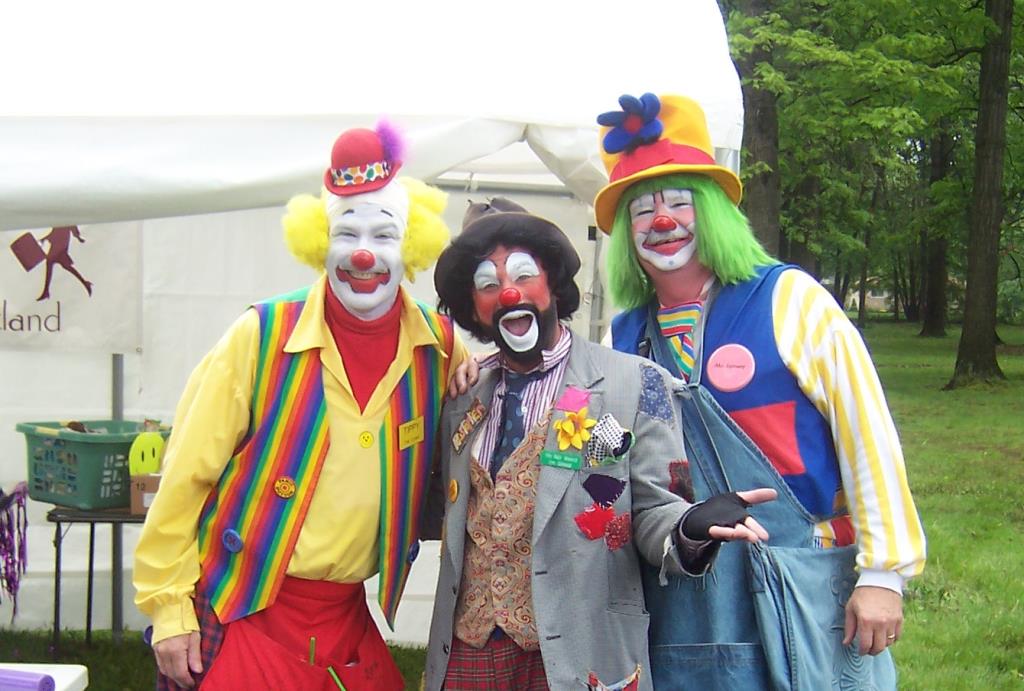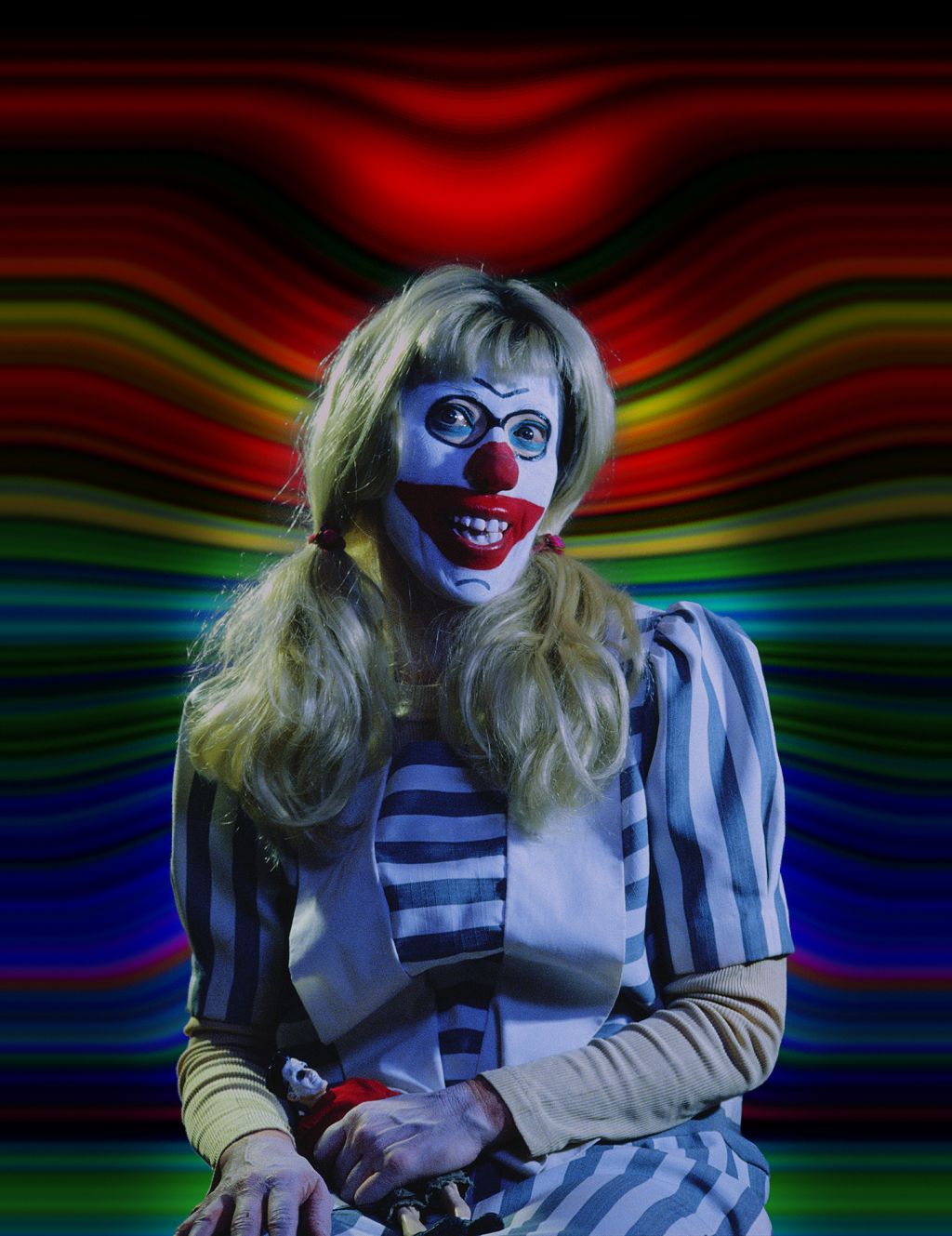About All Occasion Performers
About All Occasion Performers
Blog Article
A Biased View of All Occasion Performers
Table of ContentsThe 6-Minute Rule for All Occasion PerformersThe 5-Minute Rule for All Occasion PerformersSome Known Facts About All Occasion Performers.The 7-Minute Rule for All Occasion PerformersOur All Occasion Performers Diaries
Political cartoonist Thomas Nast based his illustrations of Uncle Sam on Rice and his outfit. Dan Rice was an established pet trainer. He focused on pigs and burros, which he educated and marketed to other clowns. He additionally provided an act with a trained rhinoceros and is the only individual in circus background to provide a tightrope strolling elephant.He was likewise a philanthropist who provided generously to many charities and he set up the first monolith to soldiers killed during the Civil Battle - Corporate events Dallas. Origins of the Auguste characterThere is an extensively told tale regarding the beginnings of the Auguste clown. According to the legend, an American acrobat named Tom Belling was doing with a circus in Germany in 1869
Belling took off running, ending up in the circus arena where he fell over the ringcurb. In his humiliation and rush to run away, he dropped over the ringcurb again on his way out. The manager commanded that Belling continue showing up as the Auguste.
The All Occasion Performers PDFs
For something, words Auguste did not exist in the German language up until after the personality ended up being preferred. Among the concepts of the real beginning is that Belling replicated the character from the R'izhii (Red Haired) clowns he saw when he toured Russia with a circus (https://lwccareers.lindsey.edu/profiles/4808510-todd-burton). Personalities like the auguste absolutely existed previously

The dancing later on ended up being called tap dance. It should be kept in mind that there are alternate 'beginnings' for the vagrant character"one of which was the traveling "hoe young boys," or itinerant ranch employees, that rode the rails from one town to one more, cleaning the residue far from their eyes & mouth.
How All Occasion Performers can Save You Time, Stress, and Money.
Note that the scare wig, overstated lips and eyes, large clothes and props of the American clown, props such a sparkling water, packed clubs, taking off stogies, and whistles full of residue, are not Grimaldi's. They belong to Tambo and Bones. The English blackface comic Charles Mathews pertained to America in 1822 to carry out and examined black life and personalizeds.
No one understands where the mummers' plays and Morris dances originated from. In such plays there is a collection of characters including "kings" and "saints", cross-dressing, and blackface functions; the faces of Morris (or "Moorish") dancers were also blackened. The mummer's plays were except enjoyable. The majority of were executed by paupers in the hungry time after Christmas.
The Derby Play of the Tup was done for food and beer by out of work youths. One such protest has actually gone into American history as the Boston Tea Party.
Top Guidelines Of All Occasion Performers

While not the lavish affairs we consider today, some early, rougher forms of traveling circus were popular in America from Revolutionary times-- George Washington was a fan. Blackface clowns done in them from at the very least the 1810s and perhaps before; they were a staple by the 1820s. The wide red or white mouth repainted on by modern-day clowns is a remnant of the blackface mask.
In lots of respects minstrelsy was birthed when these entertainers relocated their acts from the tent to the stage of American range movie theaters. Absolutely there was a strong component of clowning in minstrelsy. The blackface mask was a clown's disguise, exaggerating the face attributes right into an anime, a caricature. The blackface clown might be the precursor of today's anodyne circus clown, but otherwise the two are as opposite as blackface and whiteface.
Excitement About All Occasion Performers
That in nineteenth-century America was more of a Besides the Negro? What better mask than blackface? In several practices the clown would certainly show some physical deformity, like a hunchback, dwarfism-- or like Jim Crow, lameness - Face painters near websites me. And since he was various, an Others, the clown was enabled to say and do points no one else could.
Satire and parody were central to minstrelsy. It's interesting that in the West African societies where most servants came, the poet-singer griot served the very same ridiculing jester function when the celebration developed. That may have something to do with the interested (to us, looking back) convenience with which Southern Blacks accepted not just the songs but also the demeaning wit of minstrelsy.

Emmett Kelly was the best known tramp clown with his character "Weary Willie."Vagrant clowns are proficient: + jugglers + illusionists + pianists + chalk talk musician + bicyclists.
Report this page